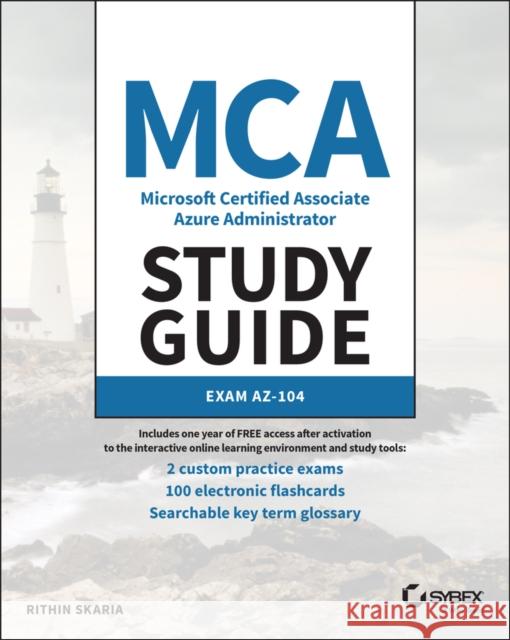MCA Microsoft Certified Associate Azure Administrator Study Guide: Exam AZ-104 » książka
topmenu
MCA Microsoft Certified Associate Azure Administrator Study Guide: Exam AZ-104
ISBN-13: 9781119705154 / Angielski / Miękka / 2022 / 592 str.
Kategorie:
Kategorie BISAC:
Wydawca:
John Wiley & Sons Inc
Język:
Angielski
ISBN-13:
9781119705154
Rok wydania:
2022
Ilość stron:
592
Oprawa:
Miękka
Wolumenów:
01
Dodatkowe informacje:
Glosariusz/słownik
Wydanie ilustrowane
Wydanie ilustrowane











